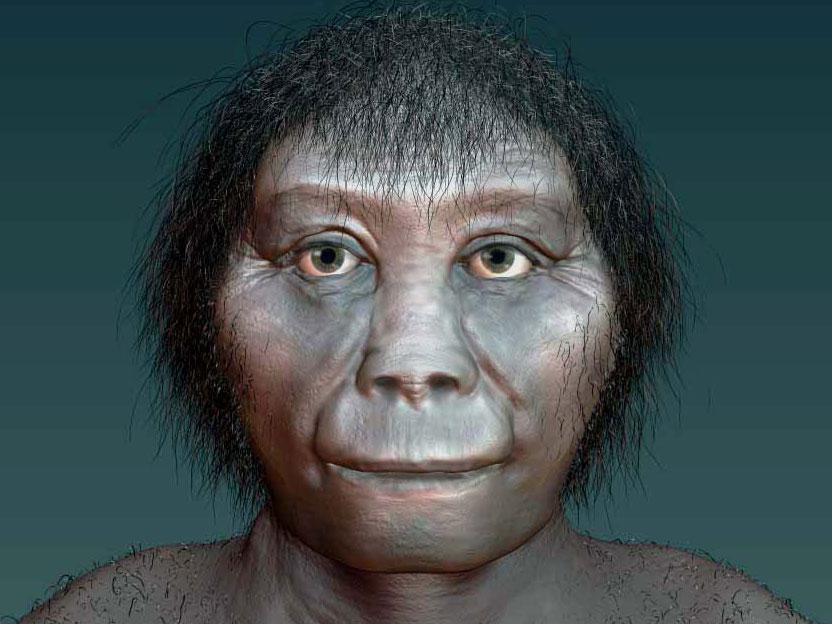Real-life 'hobbits' could be one of the earliest forms of human, say scientists
'Homo floresiensis occupied a very primitive position on the human evolutionary tree'

Your support helps us to tell the story
From reproductive rights to climate change to Big Tech, The Independent is on the ground when the story is developing. Whether it's investigating the financials of Elon Musk's pro-Trump PAC or producing our latest documentary, 'The A Word', which shines a light on the American women fighting for reproductive rights, we know how important it is to parse out the facts from the messaging.
At such a critical moment in US history, we need reporters on the ground. Your donation allows us to keep sending journalists to speak to both sides of the story.
The Independent is trusted by Americans across the entire political spectrum. And unlike many other quality news outlets, we choose not to lock Americans out of our reporting and analysis with paywalls. We believe quality journalism should be available to everyone, paid for by those who can afford it.
Your support makes all the difference.Extinct humanoids dubbed ‘hobbits’ because of their short stature may have been one of oldest forms of humans, according to new research.
Since the discovery of their remains on the Indonesian island of Flores in 2003, debate has raged about where they fit on the evolutionary tree. There were even claims they were simply short Homo sapiens.
But now researchers in Australia claim to have finally established that Homo floresiensis – as the hobbits are formally known – was actually related to Homo habilis, which lived in Africa about 1.75 million years ago, making it one of the earliest known human species.
This raises the intriguing possibility that floresiensis evolved in Africa some time before that and then migrated to Indonesia and perhaps other parts of the world.
The species were about 3.5ft tall and used stone tools up until about 50,000 years ago, but then mysteriously vanished. Previous research has suggested that modern humans may have wiped them out.
Dr Debbie Argue, of the Australian National University, who led the new research, said: “The analyses show that on the family tree, Homo floresiensis was likely a sister species of Homo habilis.
“It means these two shared a common ancestor.
“It’s possible that Homo floresiensis evolved in Africa and migrated, or the common ancestor moved from Africa then evolved into Homo floresiensis somewhere.”
She said it was possible that floresiensis evolved before the earliest habilis, “which would make it very archaic indeed”.
One competing theory is that the “hobbits” evolved from Homo erectus, who existed from more than 1.8 million years ago to possibly as recently as 35,000 years ago.
However, Dr Argue said their study, which involved looking at 133 different parts of the hobbits’ bones, found no evidence that they had evolved from erectus.
“We found that if you try and link them on the family tree, you get a very unsupported result,” she said.
“All the tests say it doesn't fit – it’s just not a viable theory.”
For example, the hobbits’ jaw was deemed to be a version that evolved earlier than the bone seen in erectus.
“Logically, it would be hard to understand how you could have that regression – why would the jaw of Homo erectus evolve back to the primitive condition we see in Homo floresiensis?” Dr Argue said.
Another researcher, Professor Mike Lee, of Flinders University and the South Australian Museum, said a statistical analysis of the remains and how well they compared with other human species left little chance that the hobbits were simply short modern humans.
“When we did the analysis there was really clear support for the relationship with Homo habilis,” he said.
“Homo floresiensis occupied a very primitive position on the human evolutionary tree.
“We can be 99 per cent sure it’s not related to Homo erectus and nearly 100 per cent chance it isn’t a malformed Homo sapiens.”
The research was published in the Journal of Human Evolution.
Join our commenting forum
Join thought-provoking conversations, follow other Independent readers and see their replies
Comments